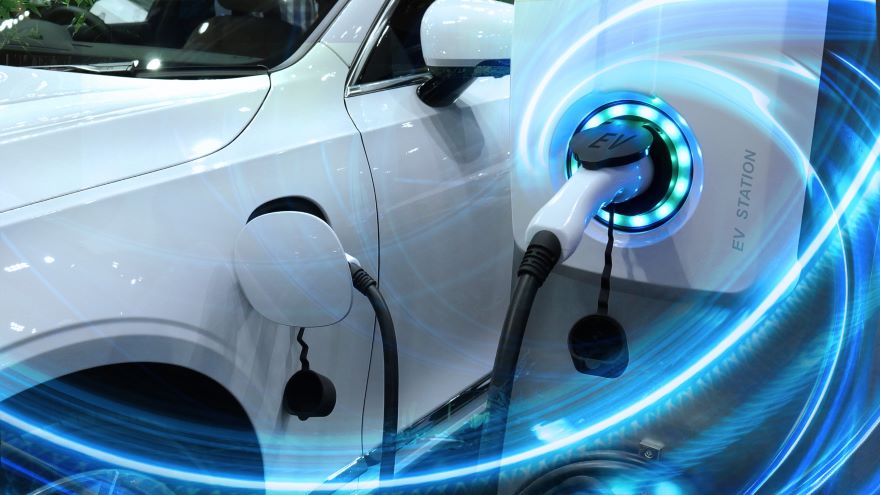DOE selects J.D. Power EV Index to track development of U.S. EV infrastructure

By subscribing, you agree to receive communications from Auto Remarketing and our partners in accordance with our Privacy Policy. We may share your information with select partners and sponsors who may contact you about their products and services. You may unsubscribe at any time.
The U.S. Department of Energy has selected J.D. Power’s EV Index, an analytics tool that monitors the growing electric vehicle market in the U.S., to help establish benchmarks and monitor ongoing development of EV infrastructure nationwide.
DOE said the index, which tracks detailed data on EV infrastructure development and consumer experience with public charging networks at the ZIP code level across the country, will provide information on regional trends in infrastructure growth and potential barriers to widespread consumer adoption.
“Universally accessible, equitable and reliable EV charging infrastructure is a cornerstone to widespread consumer adoption of EVs,” said Michael Berube, deputy assistant secretary for sustainable transportation and fuels in DOE’s Office of Energy Efficiency and Renewable Energy, in a news release from Argonne National Laboratory.
“It is critical that we consistently evaluate detailed trends in the availability of public chargers, specific obstacles consumers face with the existing charging network, and regional variations in consumer demand to ensure resilient grid infrastructure, provide adequate EV charging capacity and coverage, and support access to EVs by all Americans.”
DOE research using the J.D. Power EV Index will be led by Argonne National Laboratory, a multidisciplinary science and engineering research center managed by UChicago Argonne, LLC for DOE’s Office of Science.
“Combined with Argonne’s technical data and analysis, J.D. Power data on EV-related consumer behavior will help Argonne and DOE advance the understanding of the current EV user and charging landscape,” Argonne associate laboratory director for advanced energy technologies Claus Daniel said. “That understanding will support decision-making that moves the nation closer to its clean transportation and climate goals.”
Subscribe to Auto Remarketing to stay informed and stay ahead.
By subscribing, you agree to receive communications from Auto Remarketing and our partners in accordance with our Privacy Policy. We may share your information with select partners and sponsors who may contact you about their products and services. You may unsubscribe at any time.
The J.D. Power EV Index tracks millions of data points in six categories — interest, availability, adoption, affordability, infrastructure and experience — to evaluate the progress to parity of EVs with internal combustion engine vehicles in the U.S.
The monthly index has consistently found a lack of public charging infrastructure has been the top consumer barrier to EV adoption and has shown widespread variation in availability and accessibility of charging infrastructure in different parts of the country.
“The EV space is moving so quickly that the major policy, strategy and regulatory decisions that are being made today have the power to dramatically alter the course of the future of the automobile,” said Doug Betts, president of the J.D. Power automotive division.
“We created the EV Index to help key stakeholders make informed decisions based on the most comprehensive data available, tracking EV adoption, affordability, infrastructure and several other factors that provide a complete view of the EV landscape in real time.”
For more information about the J.D. Power EV Index, visit www.jdpower.com/business/evindex.


